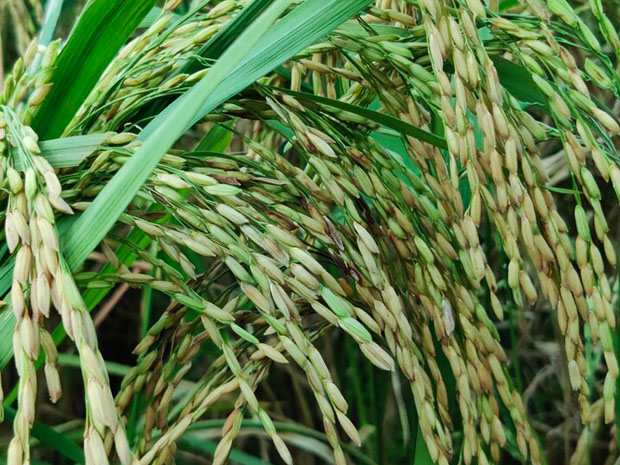
Asian rice
Genus: Oryza
Botanical name: Oryza sativa Linn
PLANT NAME IN DIFFERENT LANGUAGES
Sanskrit: Dhanya, Vreehi, Sali
Hindi: Dhan, Chaval
English: Asian rice
Malayalam: Nellu, Ari, Navranellu
MEDICINAL PROPERTIES
Asian rice is generally an annual grass, although some varieties are perennial. Plants typically grow in a tuft (clump) of upright culms (stems) up to 2 m or more tall, with long, flat leaf blades. The flowers grow on broad, open terminal panicles (branched clusters). The oblong spikelet’s, which each contain a single flower (that develops into a single kernel of grain), are sparse along the stem rather than forming dense clusters. The harvested kernel, known as a rice paddy, is enveloped in a hull or husk that is removed during milling.
The roots are cooling, diuretic, febrifuge and are useful in burning sensation, dipsia, bilious fever, strangury and diabetes. The grains are sweet, acrid, oleagenous, aphrodisiac, diuretic, carminative, ant dysenteric and tonic. They are useful in vitiated conditions of pitta, pneumonosis especially pulmonary consumption, diarrhoea and colonopathy.
